Bank of France said in a report that “the rebound in the economy observed in the summer and early fall 2020 was very clear but it is temporarily interrupted by the resumption of the epidemic and the new health restriction measures put in place since October”. It also warned that at the start of 2021, “economic activity would be penalized by still constrained household consumption, with a gradual lifting of health measures”.
In it’s central forecasts, “the hypothesis is that the epidemic would not stop immediately and that the generalized deployment of vaccines would not be fully effective until the end of 2021. Still, the uncertainty is “high”. It projects French GDP to growth around 5% in 2021 and 2022, then easing to slightly more than 2% in 2023. 2021 growth projection was notably lower than September’s forecast of 7.4%.




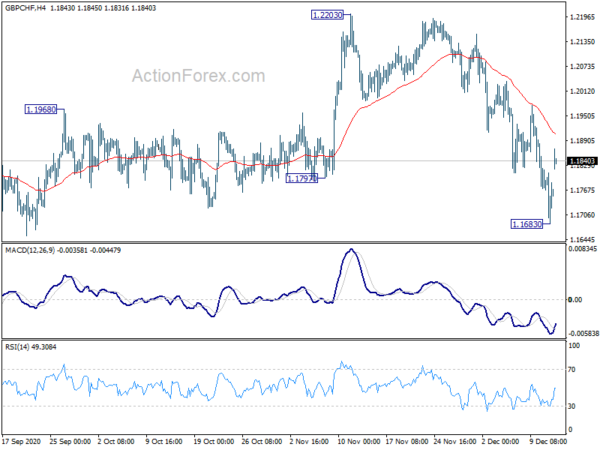
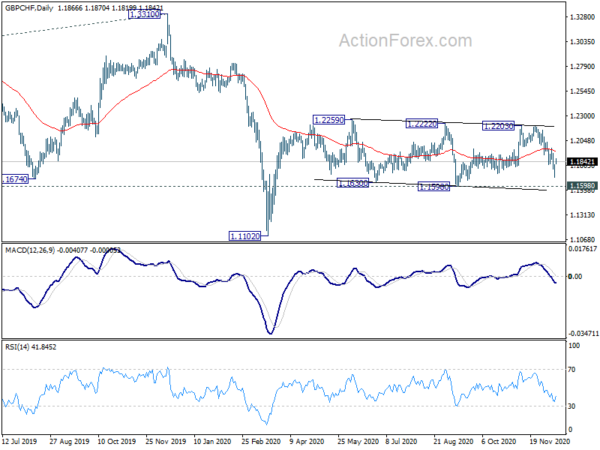
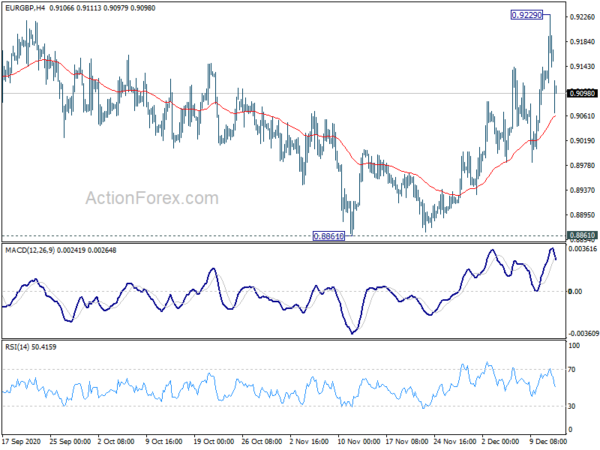
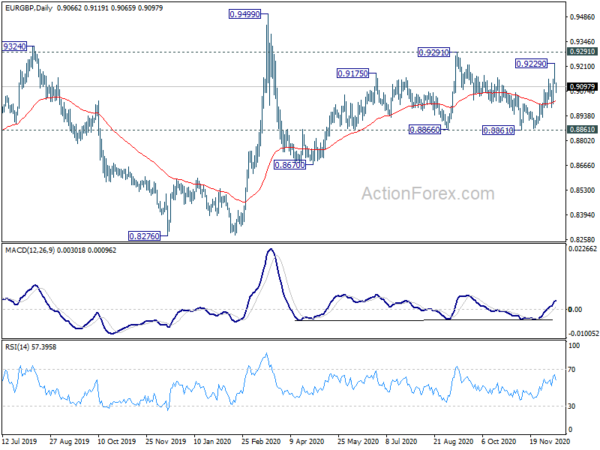
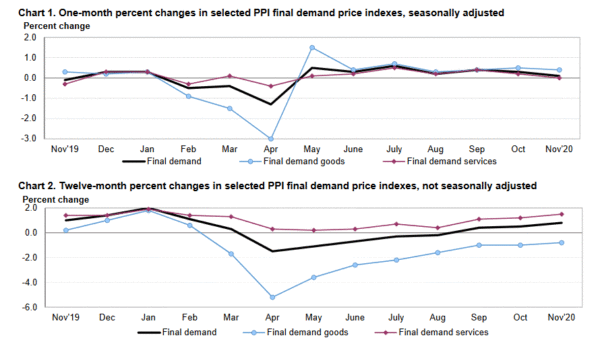
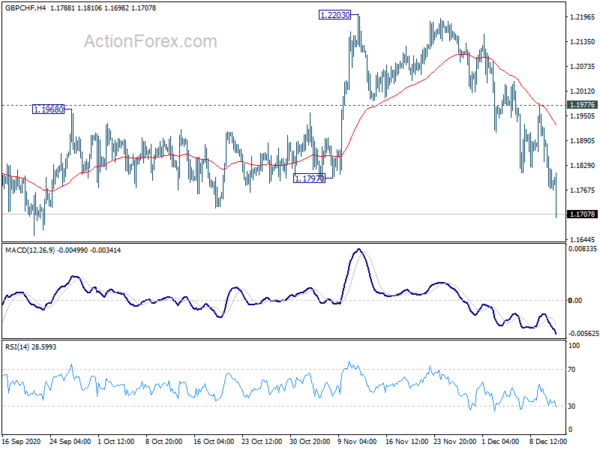
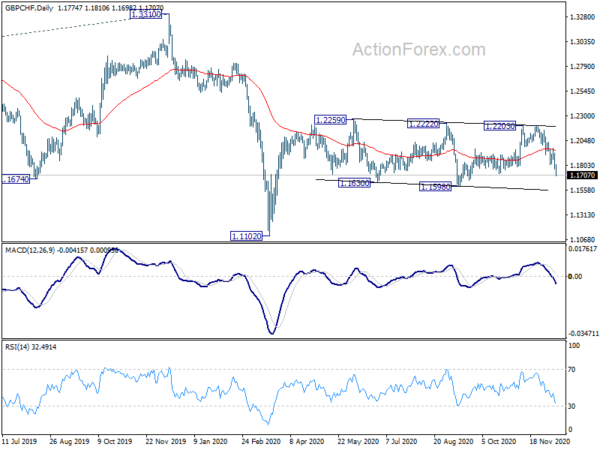
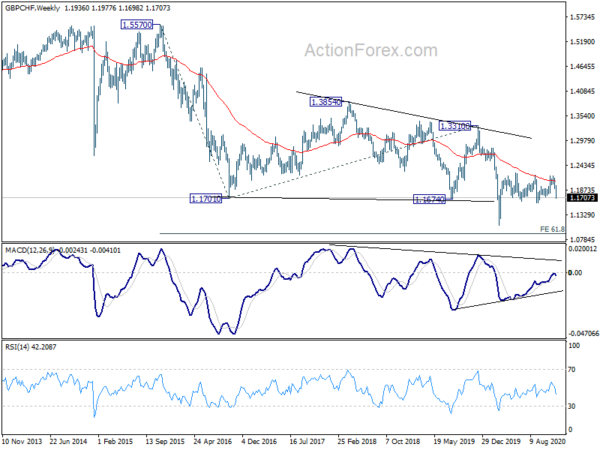
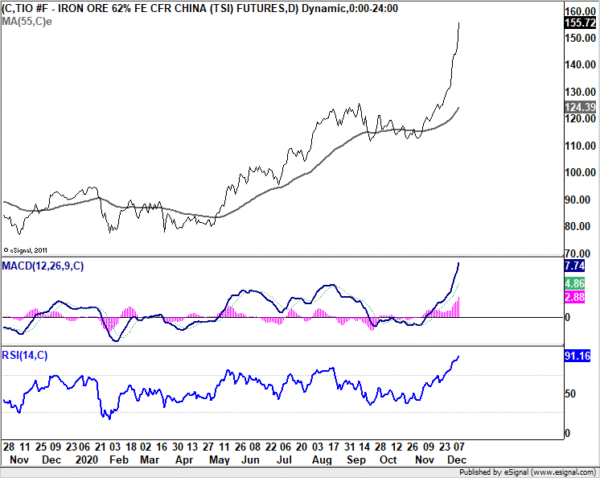
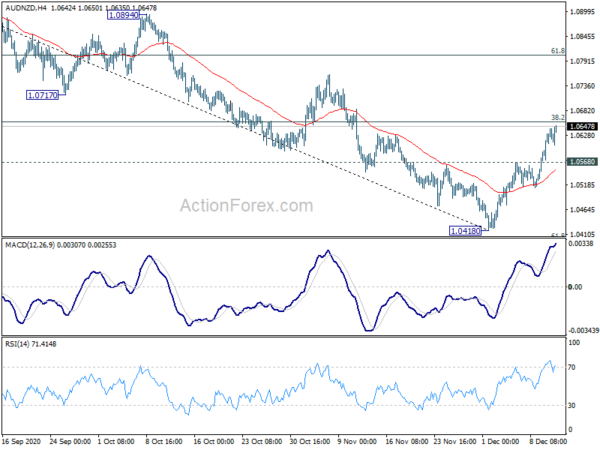
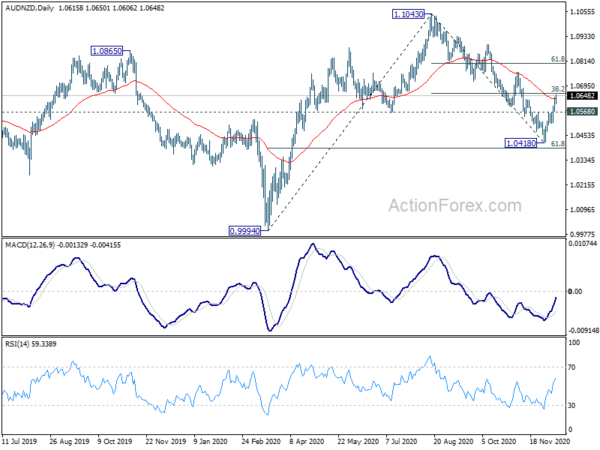
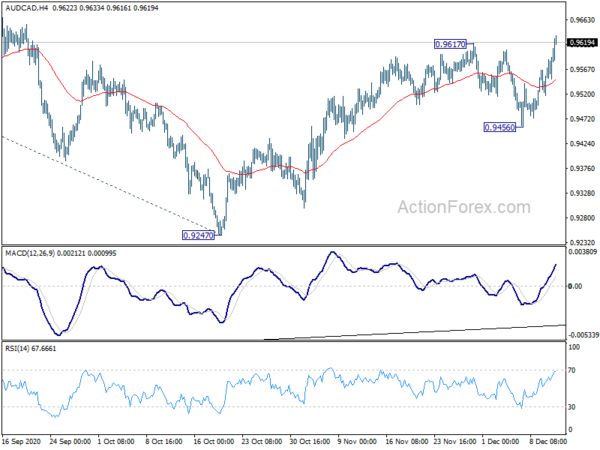
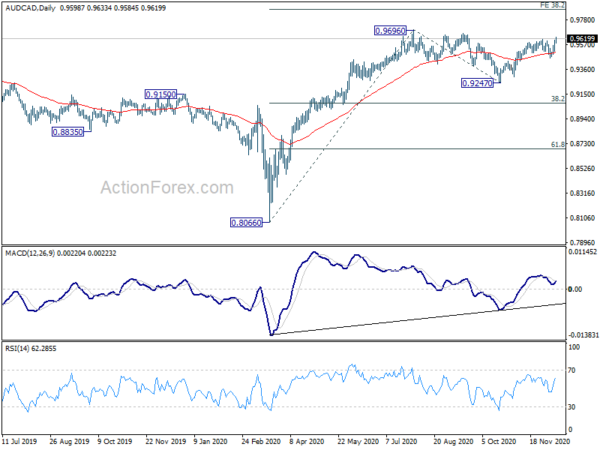

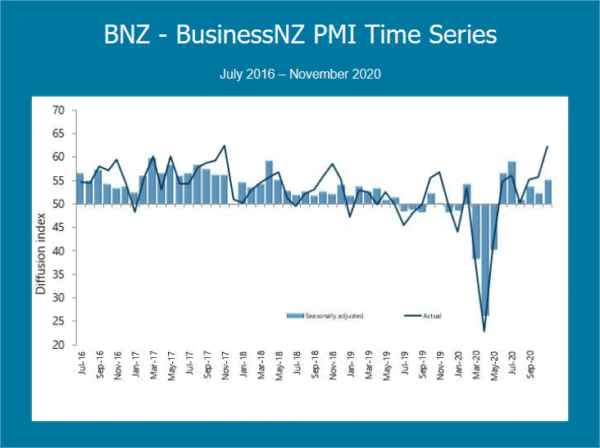
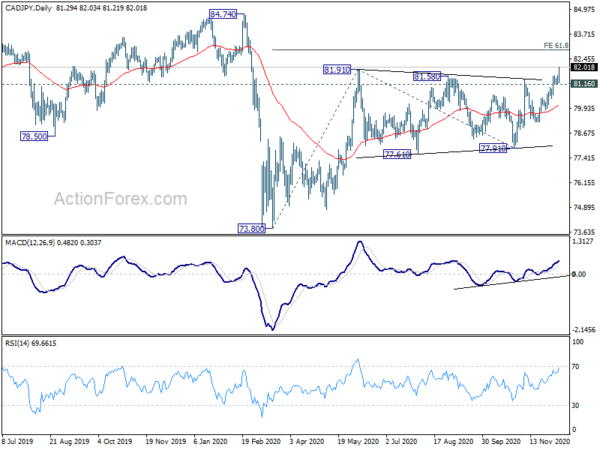
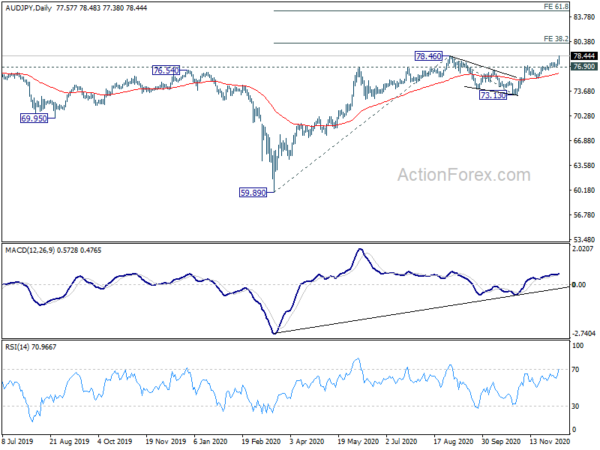
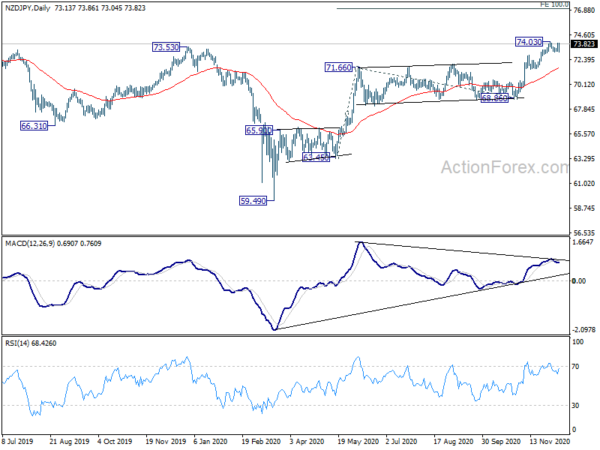
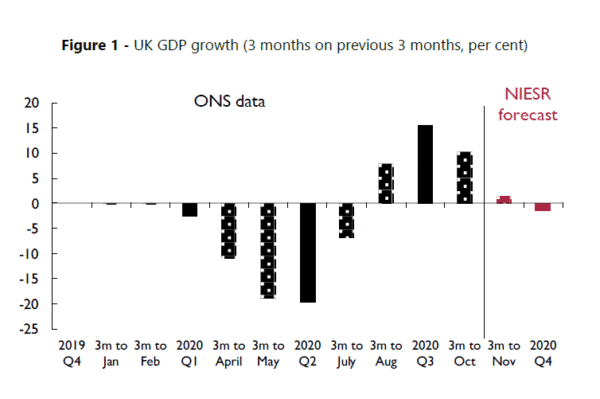
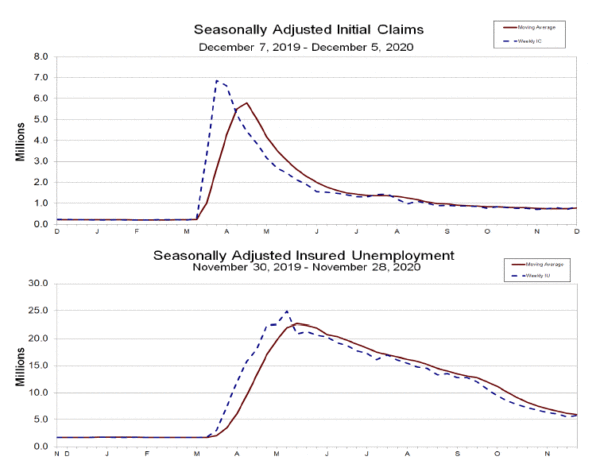
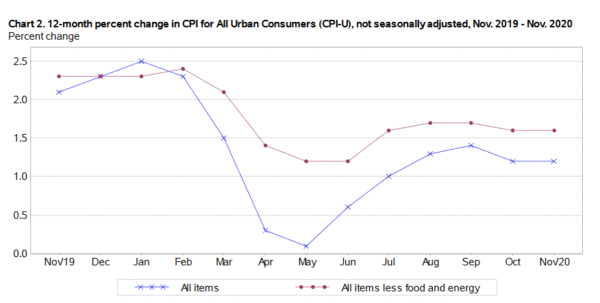

AUD/CAD edges higher, on track to 0.9696
AUD/CAD edged higher today as rise from 0.9247 is trying to continue towards 0.9696 high. Prior support from 55 day EMA was a clear sign of near term bullishness. We’re seeing corrective pull back from 0.9696 as completed at 0.9247. Decisive break there will resume whole rise from March’s low of 0.8066. Next near term target will be 61.8% projection of 0.8066 to 0.9696 from 0.9247 at 0.8870. Though, break of 0.9603 will delay the bullish case and bring some more consolidations first.